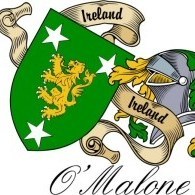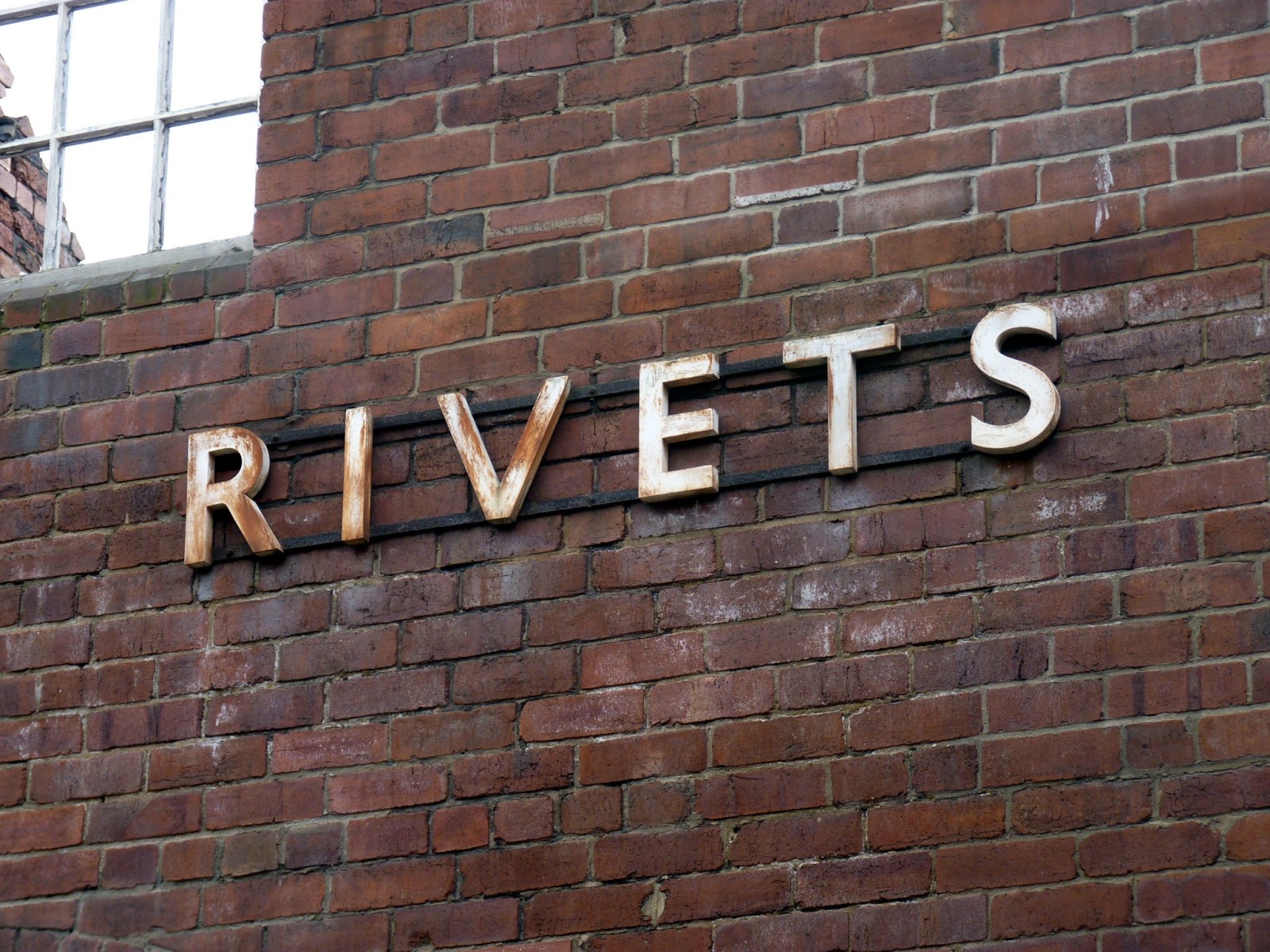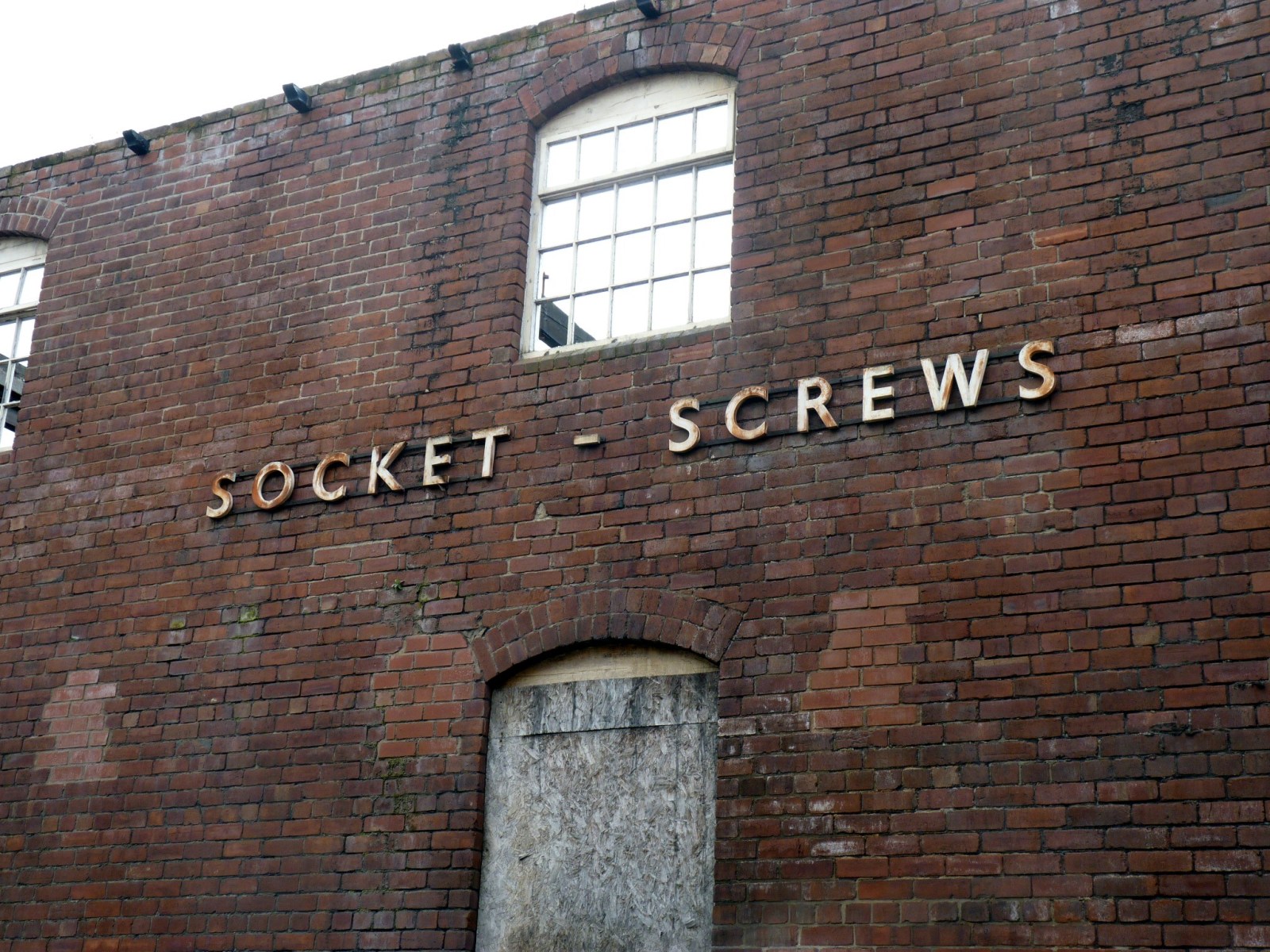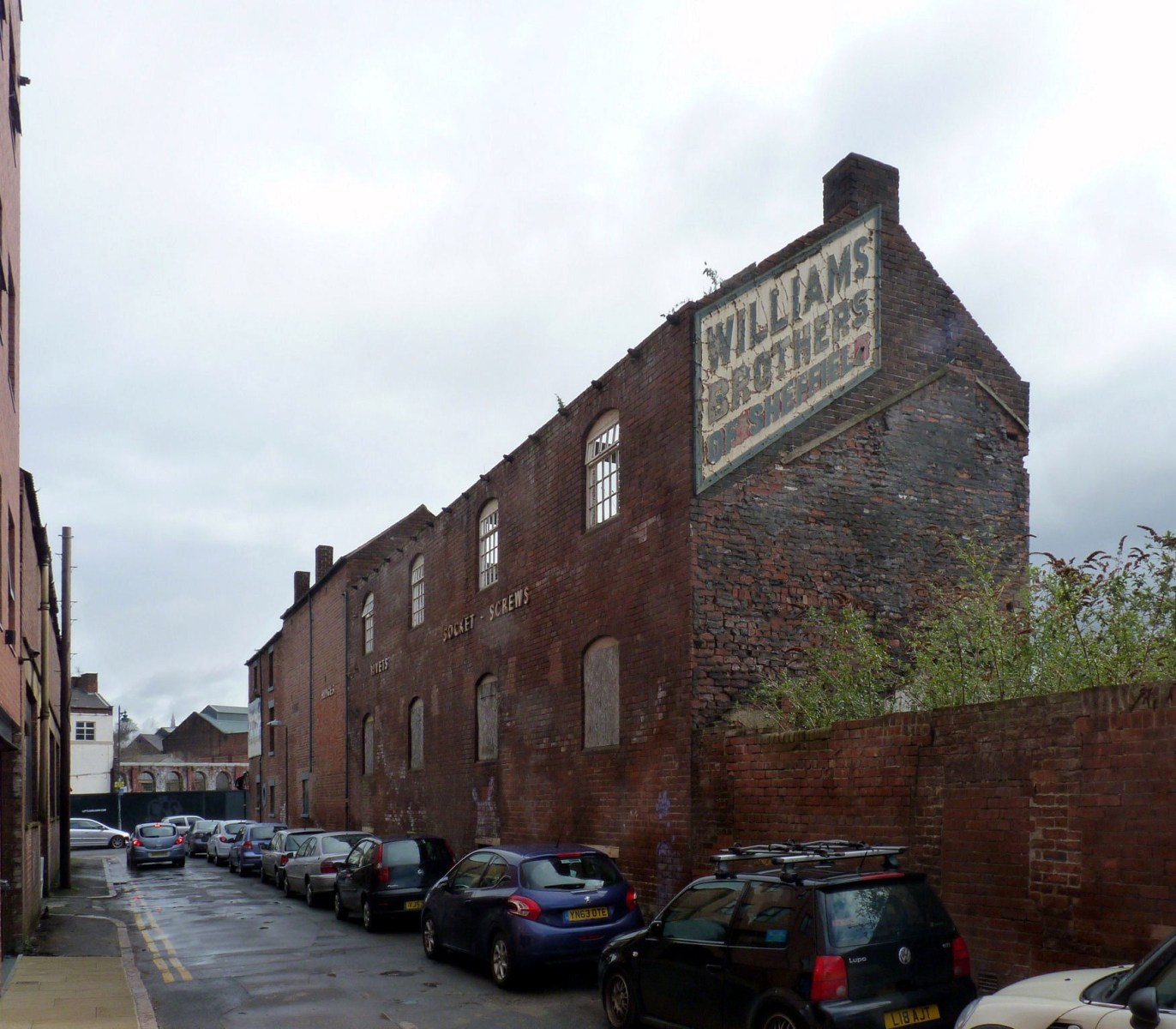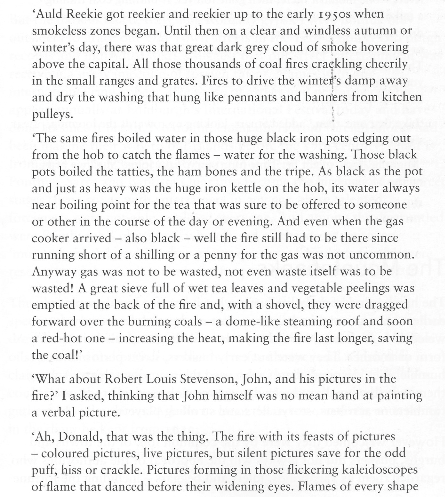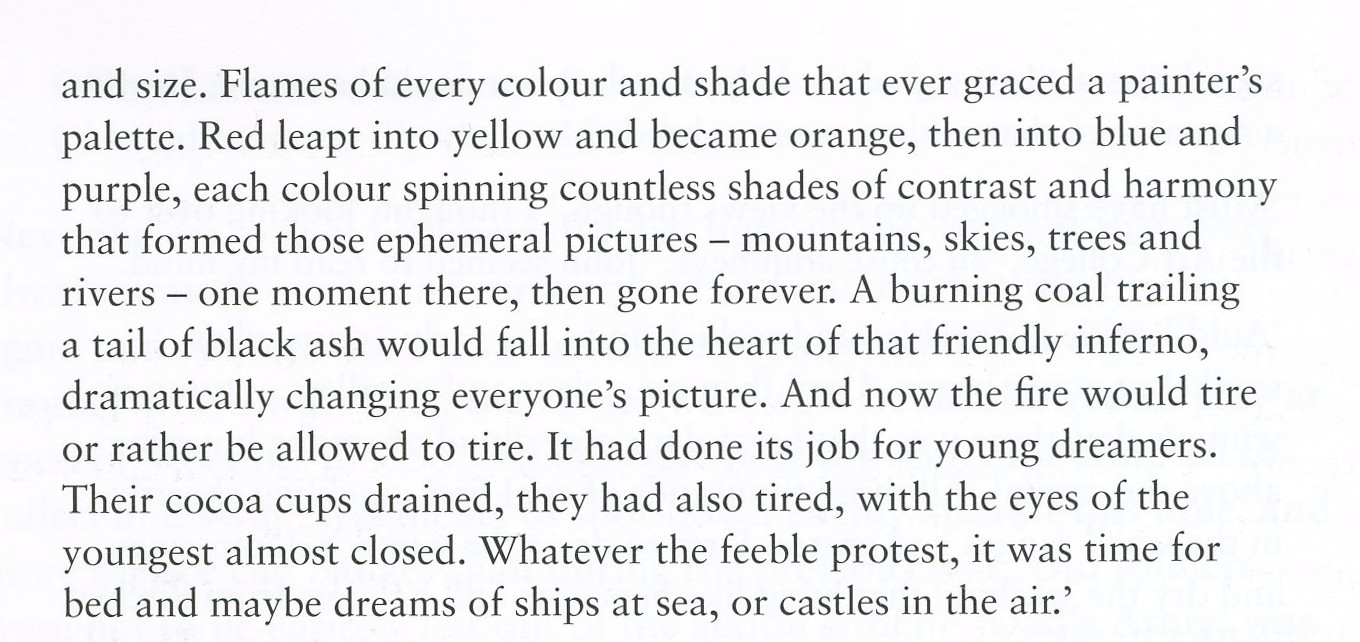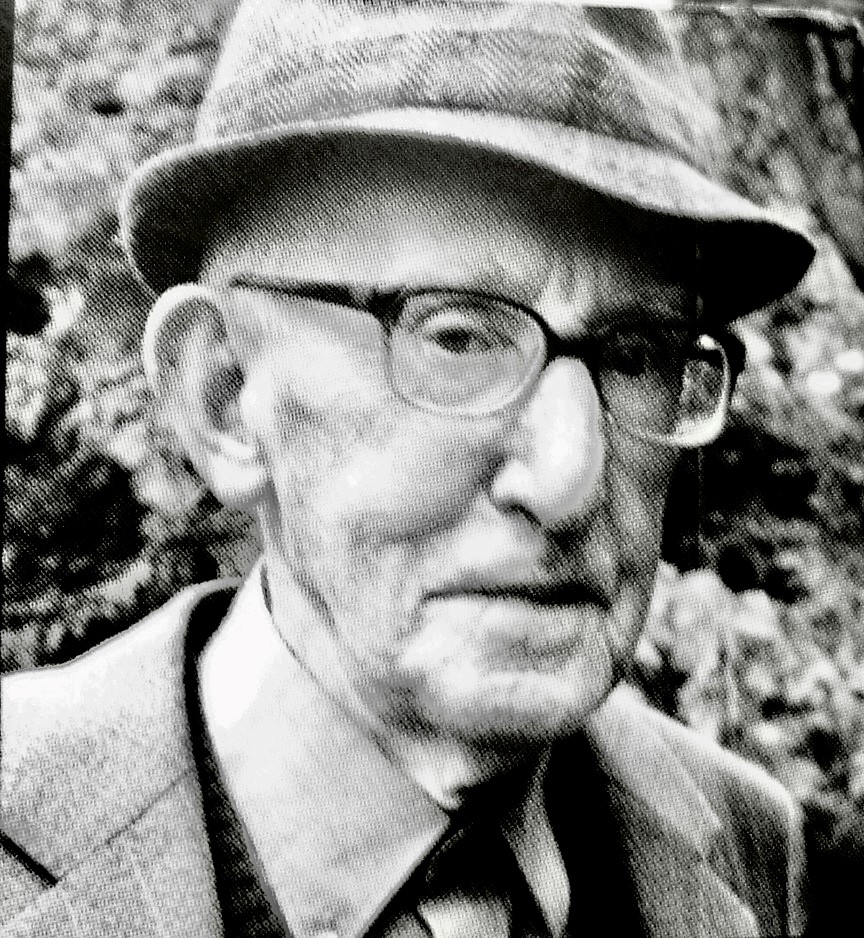Leaderboard
Popular Content
Showing content with the highest reputation on 22/03/23 in all areas
-
Williams Brothers Green Lane The Hinges sign still clinging on to what was Williams Brothers Factory wall, can be seen on Dunfields , the factory entrance was situated on Green Lane, along with the Hinges sign you can see, Rivets, Sockets - Screws. Williams Fasteners was formed back in 1875 when George Williams moved to Sheffield at the age of 23. George’s background had been largely in boot manufacturing, but he set up in business with his brother Edward in Norfolk Street as brass founders and general merchants. They dealt in steel files, spring bolts and nuts, nails, screws and aluminium, as well as being agents for firebricks and pot clays. In 1877 Williams Brothers moved to premises in Green Lane, Kelham Island, a site conveniently situated in the heart of Sheffield’s industrial area, acquiring the stock, plants and debts of an already established firm. The building was reported to have been haunted – but that is another story! In those early years, when deliveries were made by horse and cart, local people were used to seeing Williams Brothers flat carts around the streets. The horses were reputed to know the delivery run so well that if the driver fell asleep with the reins in his hands, the horse would get him back through the archway and in to Williams Brothers cobbled yard. Through the years, many of the firm’s employees have also been whole families, with husbands and wives, fathers and mothers, sons and daughters and cousins, working together, which is still the same today. George Williams died in 1905 but his family continued to run the business until 2005. In 1919 the firm took another step forward and became a limited company, Williams Brothers (Sheffield) Ltd. The 1960's saw the final years of the brass foundry and the opening of new offices in Green Lane. Williams Fasteners, as they are known today, pride themselves on servicing Blue Chip companies on a national basis in the steel, mining and utility industries. With a customer base of over 3000, ranging as far a-field as Cornwall and Scotland in the UK, as well as worldwide in China, Venezuela and the Caribbean. Down the years Williams Brothers have been ready to respond to the changing needs of the market place, establishing a track record for providing a first class service to their customers. We put their success down to a combination of our friendly and knowledgeable workforce, stock and the ability to tailor-make non-stock items to a clients order. In 1993 Williams Fasteners transferred their Head Office and delivery depot from Green Lane to the their then headquarters in Shepcote Lane, Tinsley. With a 30,000 sq. ft. warehouse and 6,000 sq. ft. offices, it allows them to store and monitor £1.5 million of stock. The company remained as a family run business until July 2005 when the final family member, Andrea Shelley, great granddaughter of George Williams, completed the sale of the company to Tony Searles and Susan Battersby, two of the company directors. The derelict old factory is now just a ghost of what it was, a hive of noise, activity, laughter, sadness & tears, its workers have gone and it hangs on hoping someone will incorporate it in a new building complex. The site was sold to a company who planned to build flats but the property bubble burst so did the plans to build flats and what’s left is what you can see today, the history of Williams Brothers is a timeline of achievement. The firm of Williams Brothers was formed according to their name board in 1870. From 1876 they appear in the White’s trade directory as: Williams Bros. Merchants and Manufacturers of steel, files, spring bolts and nuts and agents to John Knowles firebrick manufacturers near Burton on Trent 193 Norfolk Street and Charles Lane Works. The entries in the trade directories tell of their expansion and increasing factoring of other peoples goods. By 1879 Williams Bros. Merchants and Manufacturers (brass founders, Merchants and Manufacturers of bolts, nuts, screws, nails, steel files, wagon springs, saws and brass casters and agents for John Knowles & Co crucible and clays manufacturers (Burton on Trent). I could fill a full newspaper on the expertise and achievements of Williams Brothers, their slogan shows their will to satisfy every customers needs, “If we don’t stock it, we’ll find it. If we can’t find it, we’ll make it.” This area of Sheffield was badly hit by the Sheffield flood in 1864, a total of 31 claims were made by people living or working or with a vested interest in the area. Strangely enough no claims were made for machinery relating to the industrial buildings suggesting little damage was done or was soon remedied. Waterfall Brothers, file manufacturers, at 36 Dunfields for example claimed only for one of their employees for 7 days of wages. George Mellor, a shoemaker at 51 Acorn Street made a claim for loss of leather and business. Mary Hannah Greaves (for Property in Ebenezer St. and Dunfields) and Joseph Stovin (for 23 houses in Green Lane and Dunfields) also made claims for repairs to their property indicating that they were whitewashed, papered and had cellars. Did any of you go to see the Queen give out Maundy Money this week? I personally don’t rave about the Royal family but my wife Mary who come from Ireland absolutely loves them as my two royalist friends Mr D & Mr S do, they went to see her in their Union Jack Suits. I can remember when she visited Sheffield in 1954 and thousands of children from Sheffield schools were taken to the Sheffield Wednesday ground to pay homage to her but even then I didn’t like the royals so I wagged school that day and spent the day out and about with my dog Prince (I didn’t give him that name!) all the schoolboys who attended the gathering at Hillsborough received a penknife with the occasion printed on the scales, it didn’t bother me, what you don’t have you don’t miss. I don’t know what the girls received. I must thank Tony Searles Williams Fasteners company Director for his assistance in writing this “W.T.E.T.” Thank you Tony.2 points
-
13 Taptonville Road Home Of Henrietta Bright 13 Taptonville Road was the home of Mrs Henrietta Bright. She was the widow of Maurice Bright, read on my friends. The Bright`s family business was started by Isaac and his sibling Phillip in Sheffield around 1786-7, these two brothers were born somewhere abroad and after they arrived in Sheffield they became jewellers and silversmiths. The two brothers opened their first shop venture at 20 Market Place, this shop was demolished by the clowns in the town hall to build the Orchard Square development some people may remember it as H. L. Brown, it was here I bought my wife’s wedding ring, Isaac met the love of his life Ann Micholls and married her soon after in the 1790s, their union resulted in ten children, their two eldest boys, Maurice born 1796 and Selim born in 1799 took on the business when their father Isaac moved to Leamington sometime in the 1820s to open a new jewellers shop with another son, Henry, shortly after Philip relocated to Doncaster to start his own silver and jewellery venture. The Sheffield business still retained the name Isaac Bright & Sons, jewellers, watchmakers, fine cutlers and merchants and they still had the Market Place shop, sometime in 1831 Maurice and Selim took over the business completely a move that made them very wealthy men but for some reason 16 years later in late January 1847, they went their separate ways. Maurice fell on trouble times he was having great difficulty coming to terms with the loss of his son, his wife’s illness and a general slump in trade, the result of all this led him to slash his throat with a razor on the 30th of August 1848, he was just 51 years old. In 1852 the Sheffield shop had moved into new premises in High Street, this new business was run by Maurice’s widow Henrietta and her son Frederick , in 1861 this business was sold to their agent Alfred Draper, later in 1862 Henrietta and sons Frederick and Herbert moved to Scarborough an opened a jeweller, as far as Im aware this shop is still trading on St Nicholas Street. On the 27th of July 1849 Isaac had died in Leamington at the grand age of 86, he was buried in Liverpool’s Deane Road Jewish Cemetery, Selim Bright had firmly established himself as Selim Bright & Co on Regent Terrace and Victoria Street both properties have gone, in 1864 this company had works on St James Street and it was here that Selim registered a silver mark, the company made every article of cutlery and tableware you could think of, at heart Selim was a retailer he even opened a shop in the fashionable Crescent in Buxton, he sold all the high quality razors, cutlery plus pen & pocket-knives. He was in partnership with Maurice de Lara Bright his son, later in life Maurice became a steel merchant an a composer of military music. Bankruptcy knocked on Selim`s door in 1867 over unpaid debts, he retired in 1889 aged 90 years and moved to Liverpool, he passed away on the 8th of January 1891 leaving just £930, a small amount for the type of business he was in, one of Selim`s sons, Augustus, also became a cutlery manufacturer and merchant, another son of Selim`s Horatio, a steel producer, was one of a kind, he renounced his Jewish faith and had a family mausoleum at Hollow Meadows for his wife Alice and his son Sam, they died in 1891, this mausoleum was furnished with an organ which he would sit and play when he visited his departed family, his wife’s coffin had a glass window so he could gaze on her face, by this time the business was forgotten, he died on the 3rd of February 1906 aged 77, he left the enormous amount of £137,766, he wouldn’t leave a penny to any local charities. He had strong feelings of anything being in the newspapers about him, he wanted nothing to be printed about his life after his death, the funeral was held in strict secrecy, none of his friends were invited and callers to his home were given no information at all. The clippings of the funeral can be read on Chris Hobbs website, the final few paragraphs were just like a weather report of Moscar. The mausoleum was in the middle of nowhere so it was an easy target for vandals, sometime in 1985 the remains were re-interred at Crookes Cemetery Bright`s has been part of the H L Brown family since 1957. Up to the 1990s there was a cutlery firm called Kay Bright and I’ve often wondered if this had any connection to the Bright`s I’ve written about. Sadly there are no family cutlery firms anymore on the scale of the Bright`s, Dixon’s and others, they have all been bought out and stripped of assets but their names do still exist even if the firms don’t, I think British Silverware at Royds Mill Windsor Street and Carr’s at Halfway are the only ones left. Once again I must thank Geoff Tweedale for most of the information in this article, as I’ve said on numerous occasions, his Directory of Sheffield Cutlery Manufacturers 1740-2010 is an absolute boon to me and my work. The group photo shows Members of the Bright Family outside Sharrow Head House, Cemetery Road. The home of Maurice de L Bright, Steel Merchant, until his death in 1902.1 point
-
Just received an answer to my enquiry email from the Sheffield Archives. Thank you for your E-Mail regarding when the Lumley Street refuse centre opened. According to our online catalogue there is amongst the Council Minutes (Ref: CA-HEA/1/9) from 1892 mention of the Council being recommended to purchase a site in Lumley Street for a refuse destructor. In the Minutes which cover 1894 a surveyor was requested to prepare specifications for a refuse destructor on Lumley Street (CA-HEA/1/11). Council Minutes for 1894-1895 appear to indicate that George Longden and Son had been awarded the contract for the erection of destructor buildings on Lumley Street (CA-MIN 30). The Sheffield Cleansing Department Annual Report for the year ending 25th March 1898 held at the Local Studies Library (352.4 SQ) states that ‘So far back as the year 1892, the present site in Lumley Street was purchased for the purpose of erecting thereon a Refuse Destructor and a six cell Destructor has been erected, capable of burning 60 tons of wet ashpit refuse without the aid of coal or coke, per day of 24 hours.’ Therefore it would appear the refuse destructor on Lumley Street would have opened between 1895 and 1898.1 point
-
1 point
-
George was born at Northwich in 1852 and after serving his apprenticeship with J & E Ison of Ashby-de-la-Zouch then came to Sheffield in 1875 to take charge of Walker & Hall's showrooms, later going into business on his own account. His brother Edward Bagaley Williams was his business partner. For many years he was a director of the Sheffield Athanaeum, and chairman of a branch of the Ecclesall Conservative Association. He was a member of the Broomgrove Bowling Association and president in 1904. George died of heart problems on Sunday 15th January 1905 aged 52 at Westholme on Clarkehouse Road, leaving a widow Helen, four sons and two daughters. He was a recently retired churchwarden at St Marks, and was taken ill there on the previous Sunday evening. He was buried at Fulwood after a service at St Augustines. In July 1916 his son Douglas, a recently married solicitor, was with the KOYLI in France and was wounded by two bullets in the thigh, of which he died..1 point
-
St. Hilda's, Windmill Lane used to have a Youth club in the church hall (entered by a door under the long window) and the "Donbeats" ran a Disco there in the mid 60's called the 45 Club. The battered and well used membership card. Live groups as well as records to dance to. The outstanding memory is of Frankenstein & the Monsters. Ray Stuart and his mates dressed up to scare the girls, but they weren't bad musicians either. Photo downloaded off the Internet. No idea who the gent is in the photo.1 point
-
It should have said "The University's Plan to fill Sheffield with the weirdest hairstyles and colours you can imagine". For that's what you see at the "university" tram stop! Last time I was Meadowhall (before covid) it was looking pretty ruff. In need of refurbishment. Imagine all the money spent on meetings and reports and studies into putting back the rail link through Woodhead. All for NOTHING.1 point
-
I thought "Sticky back plastic" was used rather than the brand name "Fablon"? As for "Sellotape" I thoght the BP approved term was "sticky tape"1 point

